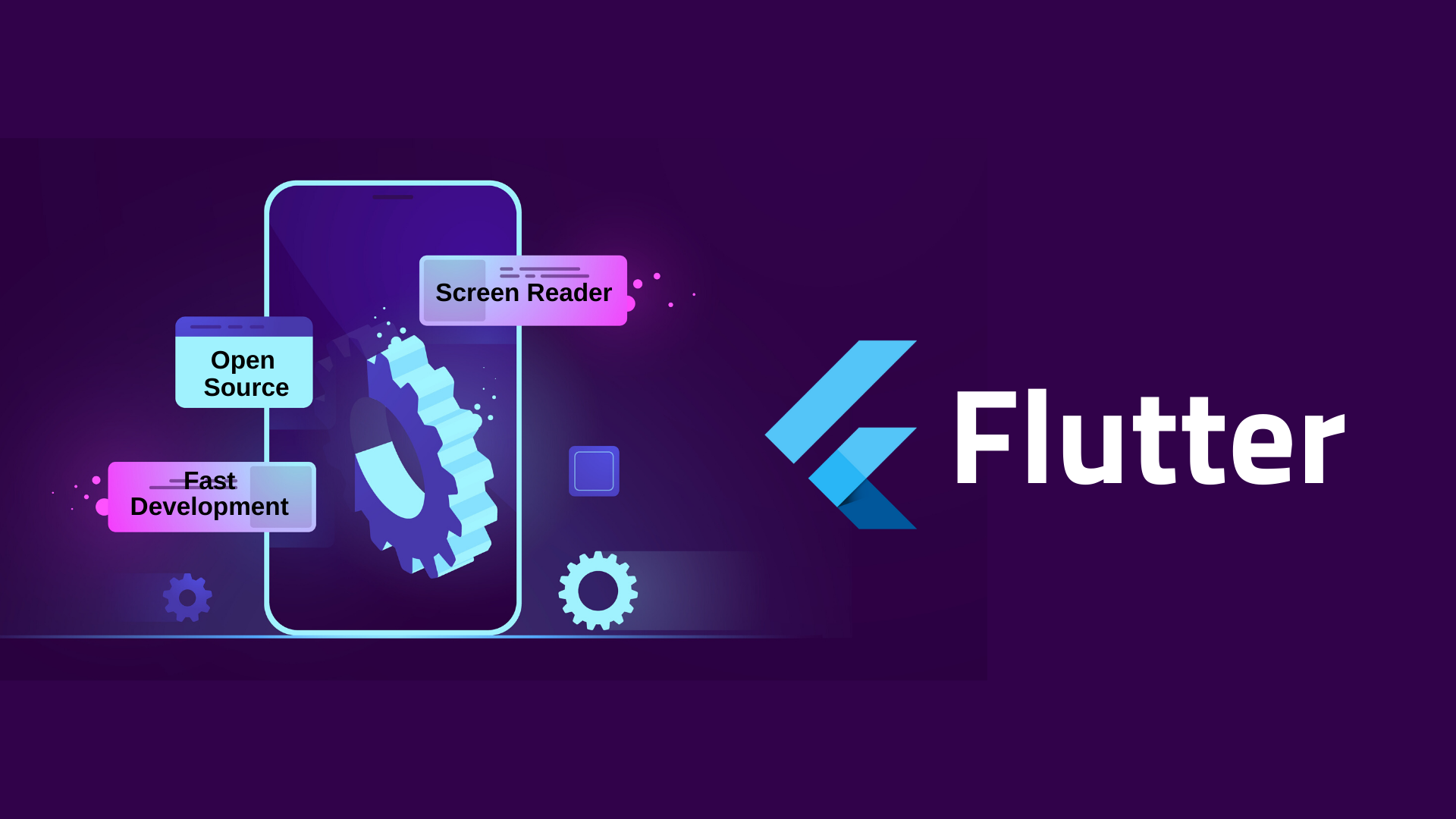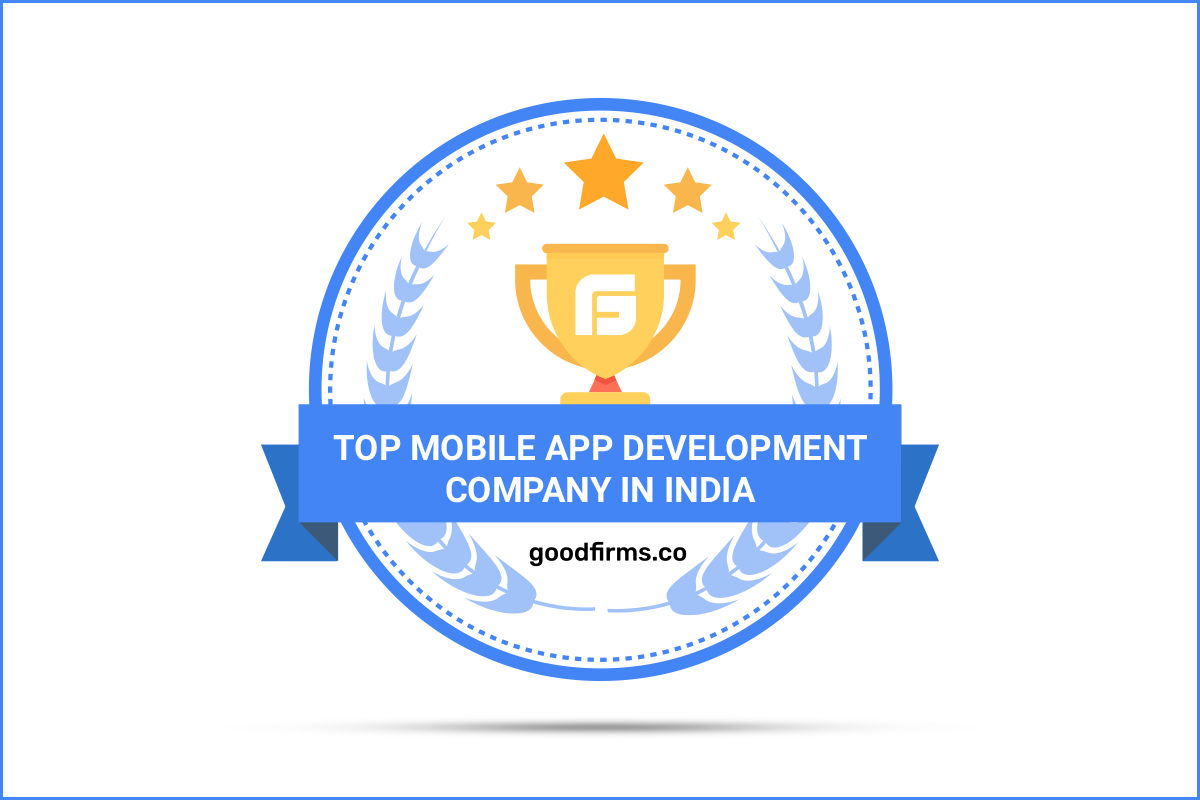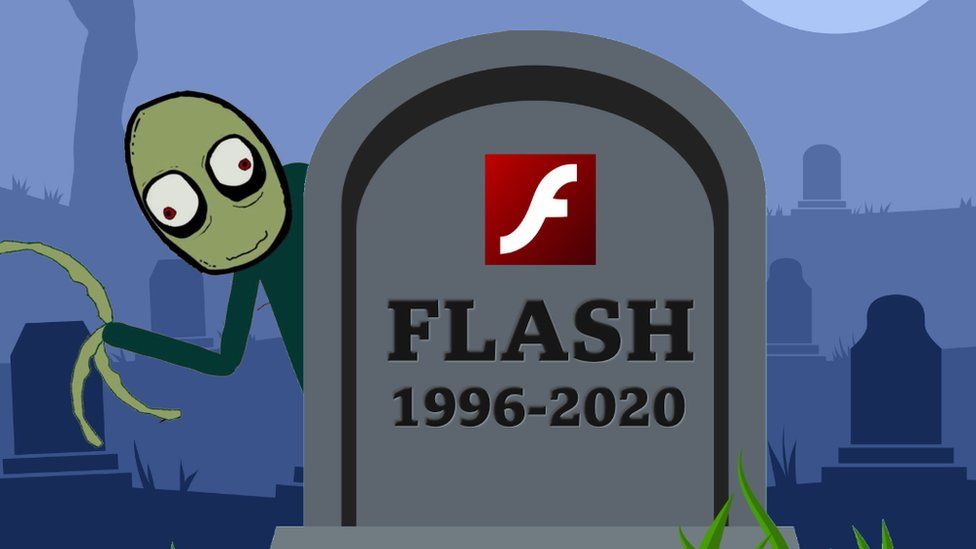
Let’s see what is flutter first.
What is Flutter?
Flutter is a free and open-source mobile UI framework created by Google and released in May 2017. In a few words, it allows you to create a native mobile application with only one codebase. This means that you can use one programming language and one codebase to create two different apps (for iOS and Android). it also supports web
1. Simple to learn and use
It’s a modern framework. It’s way simpler to create mobile applications with it. If you have used Java, Swift, or React Native, you’ll notice how Flutter is different. I personally liked native mobile application development before I started using Flutter.
2. Quick compilation and maximum productivity
You can change your code and see the results in real-time. It’s Hot-Reload. It only takes a short amount of time after you save to update the application itself.
Significant modifications force you to reload the app. But if you do work like design, for example, and change the size of an element, it’s in real-time. isn’t it cool!
3. Similar to Native App Performance
Application performance is crucial for good UX. It’s safe to say that Flutter application performance in most cases will be indistinguishable from the native app and even better in complex UI animation scenarios.
Why? Contrary to the approach of most cross-platform frameworks, Flutter doesn’t rely on any intermediate code representations or interpretation. Flutter application is built directly into the machine code, which eliminates any performance bugs of the interpretation process.
Eventually, you get your release application fully compiled ahead of time with Flutter.
4. Ideal for startup MVPs
If you want to show your product to someone as soon as possible, Flutter is a good choice.
Here are my top 4 reasons to use it for your MVP:
- It’s cheaper to develop a mobile application with Flutter because you only need to maintain a single source code for both Android and iOS.
- One developer can run the show to create your MVP.
- You won’t notice the difference between a native application and a Flutter app.
- It’s beautiful – you can easily use widgets provided by Flutter and personalize it to create a valuable UI for your customers.
5. Good documentation and A growing community
Good documentation helps developers while it’s new technology.
You can learn a lot from Flutter’s documentation, and everything is very detailed with easy examples for basic use cases. Each time I’ve had a problem with one of my widgets in my code, Most of the time I was able to get it to fix by checking the documentation.
As you may know, I love to share my knowledge and useful content on programming and software on my linked profile. I need to know I’m working on a technology full of potential with a lot of backers.
When I started using Flutter, the first thing I did was a search for communities, and to my surprise… there are a considerable number of places to exchange info on Flutter.
I will share some examples of places I used to check daily. Feel free to send me a message on Twitter with your suggestions.
- Awesome Flutter: It’s a GitHub repository with a list of articles, videos, components, utilities, and much more.
- Flutter Awesome: An awesome list that curates the best Flutter libraries, tools, tutorials, articles, and more.
- It’s all widgets!: An open list of apps built with Flutter.
- Flutter Community: A Medium publication where you can find articles, tutorials, and much more.











